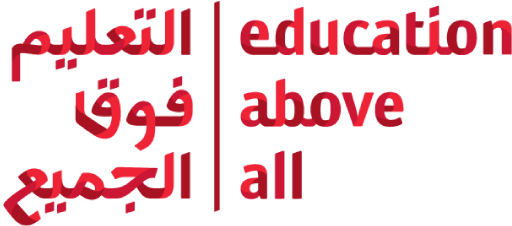Global Coalition to Protect Education from Attack (GCPEA) includes: Co-chairs Human Rights Watch and Save the Children, the Council for At-Risk Academics (Cara), the Institute of International Education (IIE), Plan International, the Office of the United Nations High Commissioner for Refugees (UNHCR), the Education Above All Foundation (EAA), the United Nations Children’s Fund (UNICEF) and the United Nations Educational, Scientific and Cultural Organization (UNESCO). GCPEA is a project of the Tides Center, a non-profit 501(c)(3) organization.
Education under Attack 2020 is the result of independent research conducted by GCPEA. It is independent of the individual member organizations of the Steering Committee of GCPEA and does not necessarily reflect the views of the Steering Committee member organizations.
Generous support for Education under Attack 2020 has been provided by the Education Above All Foundation, Education Cannot Wait, the Norwegian Ministry of Foreign Affairs, and an anonymous donor. EAA has been working to prevent attacks on education and partnering with GCPEA since 2011.
Site design and development by Primer&Co.
Contributors:
Lead Education Under Attack Researcher: Marika Tsolakis
Researcher: Jerome Marston
Former Research Director: Amy Kapit
Contributing Researchers and Writers: Allyson Balcolm, Lilian Cervantes Pacheco, Christine Choi, Alex Firth, Aishwarya Khurana, Felicity Pearce, Christopher Sfetsios, Delphine Starr, Stefan Walzer-Goldfeld, and Amay Yadav.
Acknowledgments:
GCPEA is grateful to members of its Secretariat, Monitoring and Reporting Working Group, Safe Schools Declaration Working Group, and Steering Committee who provided feedback on and advised on this project, as well as staff members and consultants of member organizations who reviewed and commented on the country profiles.




